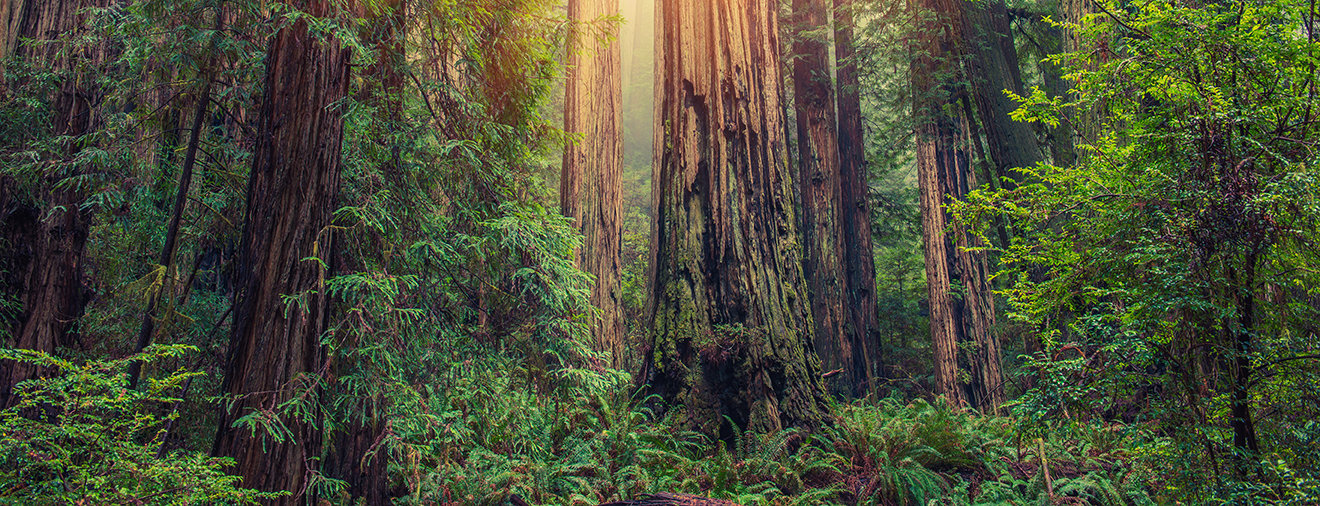Plantskydd – Operational Field Trials
Protecting tree seedlings from deer
November 10, 2008
By Kyle Asplund,
Itasca County Soil & Water Conservation District
With scent/fear-based browse repellants such as Plantskydd becoming the “new wave” in animal browse repellants, Mike Oja and I set out last fall to see if the large move from bud caps to Plantskydd is the right move. We decided to try a small study on one small tree planting. Keep in mind that this was only one trial in one location of Itasca County. The location was a 5 acre upland area near Smith Lakes with a very high concentration of deer.
The location has had a history of browse even when trees have been protected with bud caps. The trial was comprised of 260 two year old White Pine split into two blocks. Block #1 consisted of 130 White Pine that were bud capped in the fall of 2007. Block #2 consisted of 130 White Pine that were treated with one application of Plantskydd at the same time in fall of 2007. Any previous browse on the trees was taken into account.
Follow-up was done in early May of 2008. The results were as follows: 5% of White Pine terminal buds that were treated with Plantskydd were found to be browsed; whereas, 75% of the White Pine terminal buds that were bud capped were found to have been browsed. Many of the bud caps were found to be lying on the ground (pulled off) or actually eaten through. It was clear in this situation that the Plantskydd outperformed the bud capping.
Even though this was just an informal study, it has convinced this one landowner to use Plantskydd next year. This trial compared the effectiveness of bud capping to Plantskydd; however, there are also other animal browse repellents on the market today such as taste/smell based chemicals (Bitrex) and physical barriers such as fence or shelters. These products have also been proven to be effective and may be taken into consideration in high browse situations as well. In the end every browse situation must be taken into consideration by itself to determine what is best for that particular site for that particular tree.
note: This article appeared in the September 2008 issue of Itasca Woodlands.




